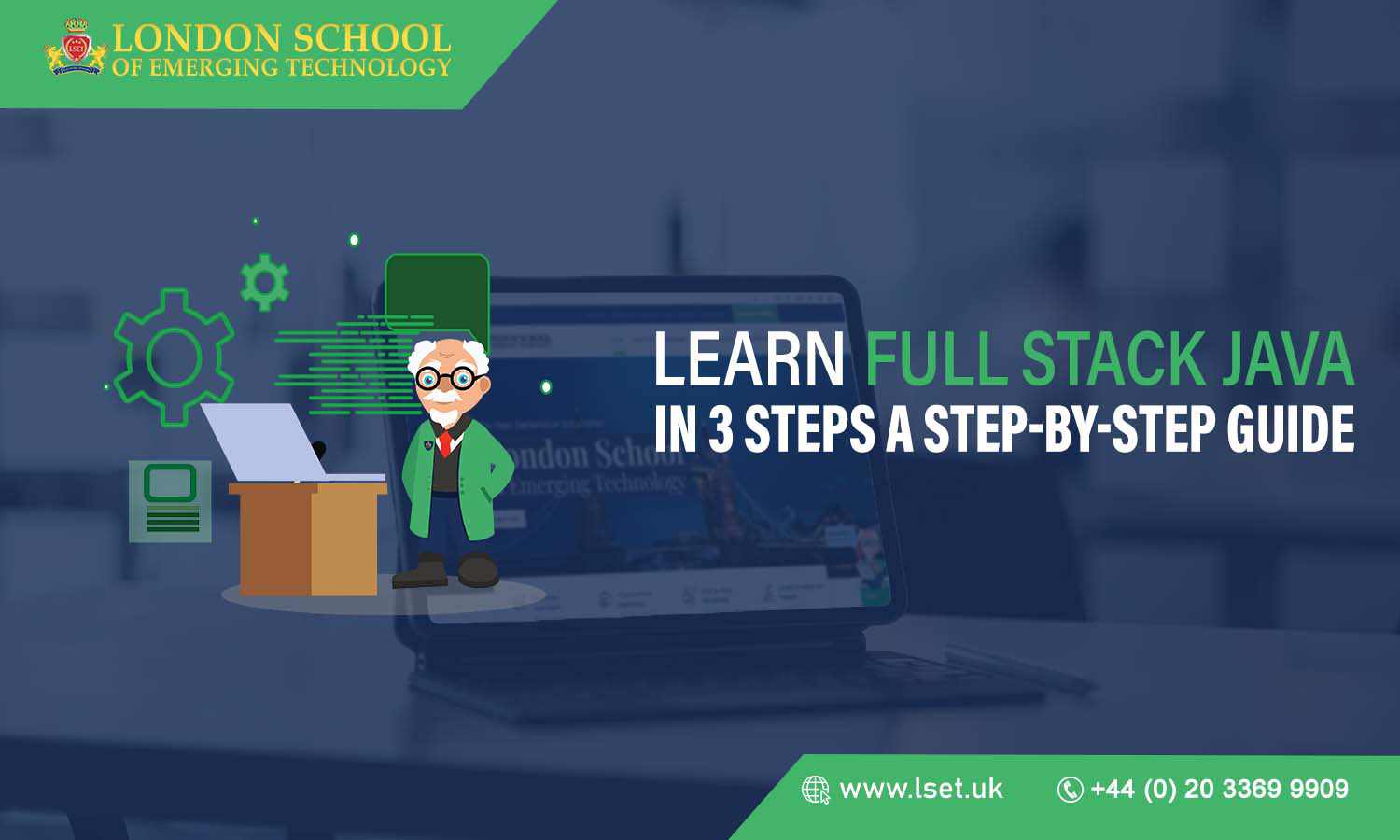In this fast-paced digital age, businesses need software developers more than ever. There’s a high demand for developers with skills in languages like Java, which is why so many people are turning to coding bootcamps and other accelerated learning programs. This article will introduce you to the world of Java programming and explain why it’s such a useful skill in today’s job market. You see, knowing how to code isn’t enough; you need to know the right programming language that fits your career goals and lifestyle. Read on to know more about the importance of learning Full Stack Java and how you can do so in just 3 steps!
What is Java?
First things first. Before we jump into the details of Full Stack Java, let’s take a moment to understand what Java is. Java is an Object-oriented programming (OOP) language created by Sun Microsystems in the 90s. You might also see it abbreviated as JVM. Java is a general-purpose language, which means it can be used to solve many different problem types. You can write programs that control robots or write mobile apps for smartphones. Java is an open source language. This means the code and documentation is available for free online and developers from around the world can contribute to the language.
Why Learn Full Stack Java?
Java is great because it can be used to build both front-end and back-end software. This makes it perfect for Full Stack Developers who want to be able to design and build a complete application. With Full Stack Java, you can do everything from building user interfaces to connecting web servers and running databases.
3 Steps to Learn Full Stack Java
So now that you understand what Java is and why it’s important to learn FullStack Java, let’s dive into the 3 steps you need to take to become a Full Stack Java developer.
Step 1 – Learn The Basics of Java: The first step to learning Full Stack Java is to learn the basics of Java programming language. This will help you become familiar with the syntax and flow of designing software. You can find countless resources online to learn the basics of Java.
Step 2 – Learn Front-end Development: Once you understand the basics of Java, it’s time to move on to learn front-end development. This will help you design the user interfaces (UI) and user experiences (UX) of your software. You can learn basic HTML and CSS or you can take a more in-depth course on front-end development.
Step 3 – Learn Back-end Development: Once you’ve mastered the front-end, it’s time to learn back-end development. This will help you understand how to build and manage databases, write server-side code, and connect software together over the internet. These are the skills that will make you a Full Stack Java developer!
The Importance of Knowing Full Stack Java
Java is a great programming language to learn because it’s one of the most widely used programming languages in the world. It’s simple, easy to understand, and super versatile. Java also has a huge online community, making it easy to find online resources and real-life meetups for learning and networking. Java is also a general-purpose language, meaning it can be used for many different kinds of applications. You can use Java to build websites, apps, games, and more. All in all, Java is the perfect language for learning Full Stack development.
Conclusion
That’s all you need to know about Full Stack Java and why you need to learn it. Now that you understand what it is, why it’s important, and how you can learn it, there’s no excuse not to get started! Make sure to follow the 3 steps outlined in this article and soon enough you’ll be a Full Stack Java developer!

